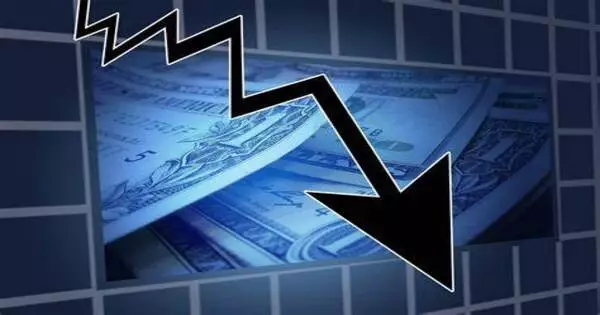The period of extreme stress in the international financial markets and banking systems between mid-2007 and early-2009 is referred to as the global financial crisis (GFC). In the late 2000s, there was a serious global economic crisis known as the GFC. The Great Depression of the 1930s is frequently used to describe it as the worst financial crisis since that time. The crisis had far-reaching effects on the world economy, financial markets, and institutions. It also set off a chain of events that had a big impact on many different facets of society.
Key factors that contributed to the Global Financial Crisis include:
(a) Subprime Mortgage Crisis: The collapse of the American housing market was one of the main causes of the crisis. Subprime borrowers (those with poor creditworthiness) had received mortgages from lenders, and these loans were frequently combined to create sophisticated financial instruments known as mortgage-backed securities (MBS). Many homeowners went into default on their mortgages as housing prices began to fall, causing significant losses in the financial sector.
(b) Financial Innovation: Financial institutions created intricate financial products and derivatives that were frequently difficult to understand, even by those who traded them. The complexity and lack of transparency made it challenging to determine the risks involved with these products.
(c) Excessive Leverage: Many financial institutions had taken on excessive levels of debt, which amplified the impact of the crisis. When the value of assets, including MBS and other complex financial products, declined sharply, it eroded the capital positions of these institutions, leading to a severe liquidity crisis.
(d) Globalization of Financial Markets: The interconnectedness of global financial markets meant that the problems in the U.S. financial system quickly spread to other parts of the world. Institutions around the globe held exposure to the risky assets at the heart of the crisis.
(e) Regulatory Failures: Regulatory agencies failed to properly oversee and regulate financial institutions. Additionally, there was a lack of adequate risk assessment and risk management practices within the financial industry.
The crisis had widespread consequences:
- Many major financial institutions faced insolvency or near-collapse, leading to massive government bailouts and the collapse of several notable firms.
- Stock markets around the world plummeted, causing significant losses for investors and retirement funds.
- Unemployment rates surged in many countries, as businesses faced financial difficulties and cut back on hiring or laid off workers.
- Governments in several countries implemented stimulus packages and monetary policy measures to stabilize their economies and restore confidence in the financial system.
Governments and international organizations reacted to the crisis in a variety of ways, including by stabilizing the financial markets, adding liquidity to the system, and putting in place regulatory reforms to stop future crises of a similar nature. The Dodd-Frank Wall Street Reform and Consumer Protection Act in the United States, which sought to improve oversight and transparency in the financial sector, was one significant outcome.
Economic policies, rules, and the operation of financial markets have all been significantly and permanently impacted by the Global Financial Crisis. It also emphasized the necessity of more effective regulation, greater transparency, and better risk management in the financial sector.














